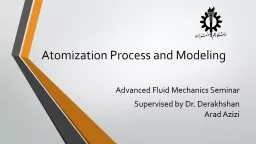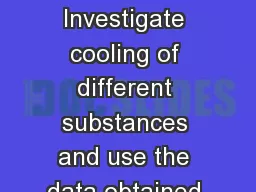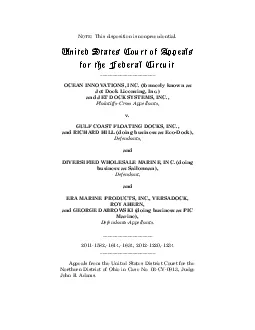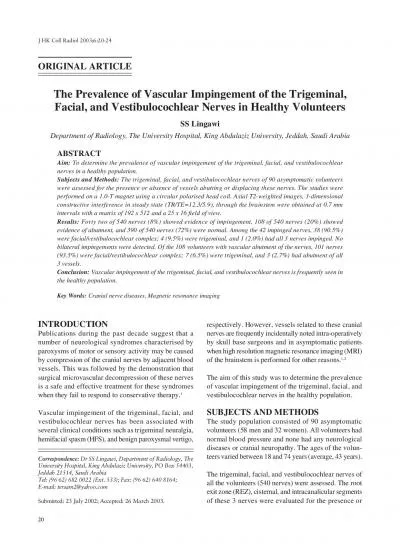PPT-Impingement Jet Cooling on High Temperature plate
Author : marina-yarberry | Published Date : 2017-05-05
Boundary Layer Seminar Supervised by Dr Moghimi Student Arad Azizi Cooling a surface with an impinging liquid jet is an attractive technique because of its high
Presentation Embed Code
Download Presentation
Download Presentation The PPT/PDF document "Impingement Jet Cooling on High Temperat..." is the property of its rightful owner. Permission is granted to download and print the materials on this website for personal, non-commercial use only, and to display it on your personal computer provided you do not modify the materials and that you retain all copyright notices contained in the materials. By downloading content from our website, you accept the terms of this agreement.
Impingement Jet Cooling on High Temperature plate: Transcript
Download Rules Of Document
"Impingement Jet Cooling on High Temperature plate"The content belongs to its owner. You may download and print it for personal use, without modification, and keep all copyright notices. By downloading, you agree to these terms.
Related Documents














